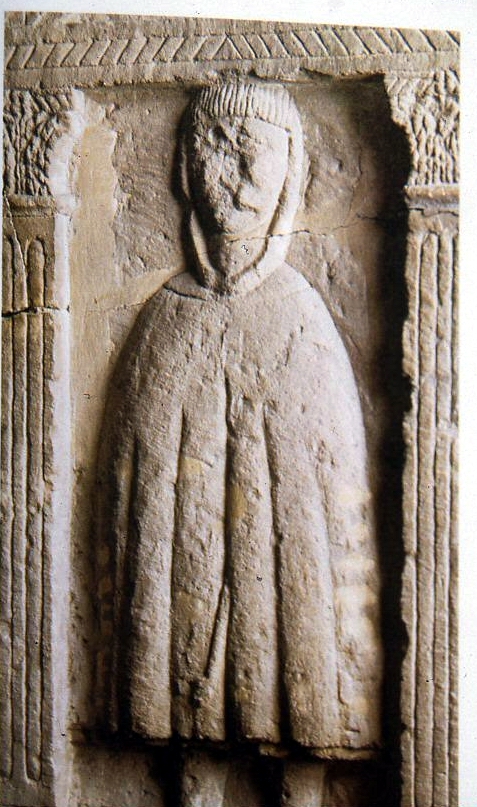
Feralia & Parentalia
Feralia is the last day of Parentalia a 9-Day Festival for the spirits of the Dead. It is described in some detail by the Roman Poet, Ovid, in his Almanac of the year called the ‘Fasti’. Here, he describes how to honour a parent:
And the grave must be honoured. Appease your father’s
Spirits, and bring little gifts to the tombs you built.
Their shades ask little, piety they prefer to costly
Offerings: no greedy deities haunt the Stygian depths.
A tile wreathed round with garlands offered is enough,
A scattering of meal, and a few grains of salt,
And bread soaked in wine, and loose violets:
Set them on a brick left in the middle of the path.
Not that I veto larger gifts, but these please the shades:
Add prayers and proper words to the fixed fires.
There is much more Ovid says about Feralia, and you can read it for free, in translation by A. S. Kline (which I used above, at www.poetryintranslation.com)
For more about Parentalia look at my earlier post about the February festivals of the Romans.
Roman Cemeteries in London
In London, archaeologists have found many Roman cemeteries around the City of London. The Romans forbade burial inside the City limits. So, the dead were buried alongside the main roads out of the City Gates. Aldgate towards Colchester, Bishopsgate to the North. Ludgate along Fleet Street to the West. Newgate to Holborn and the North West. From London Bridge to Southwark and the South. These are the places that parents would be remembered at Feralia or before.


Various rites have been observed. Both inhumation and cremation were practised. I remember excavating a Roman mortaria with a hole in the bottom with the ashes of the dead in it. These large bowls were used as a mortar for grinding foodstuffs. The bottom was deliberated gritted, but they often wore through, and sometimes were reused to hold cremation ashes. I like to imagine, granny being buried in her favourite cooking vessel (or maybe a grandad who baked?).
Many bodies were covered in chalk, perhaps to help preserve the body. A surprising number of bodies are found with the head by the knees. The large number of cases fuels speculation that this was a burial rite, of whom only a percentage were beheaded as a punishment. Some graves shown signs of a funeral pyre.
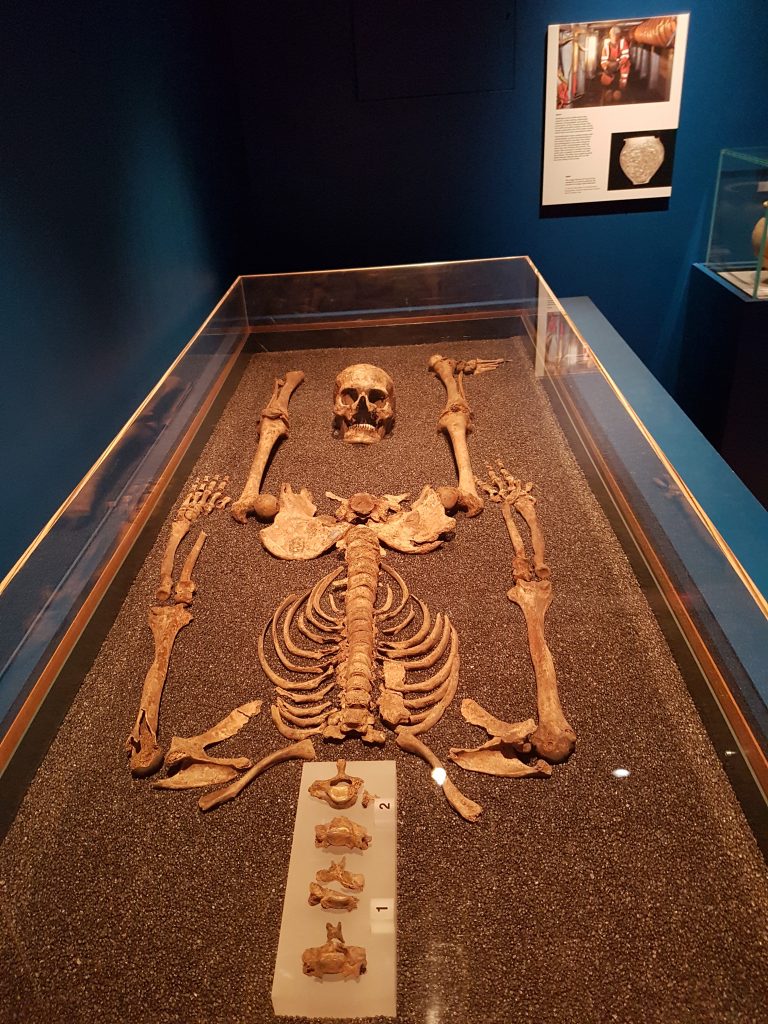
Procurator Classicianus.
The rich and powerful were remembered with huge monuments, prominently sited along the main roads. The most famous are the burial stones found at Tower Hill of the Procurator Classicianus. What makes this special is that he is mentioned in Roman accounts of the Boudiccan Revolt of AD 60-61. He suggested to Nero that the Province would only be saved if the revenge against the British was de-escalated. Nero wisely withdrew the vengeful Roman Governor Suetonius Paulinus and replaced him with someone ready to conciliate. The Romans held the province successfully for 350 years or so more.
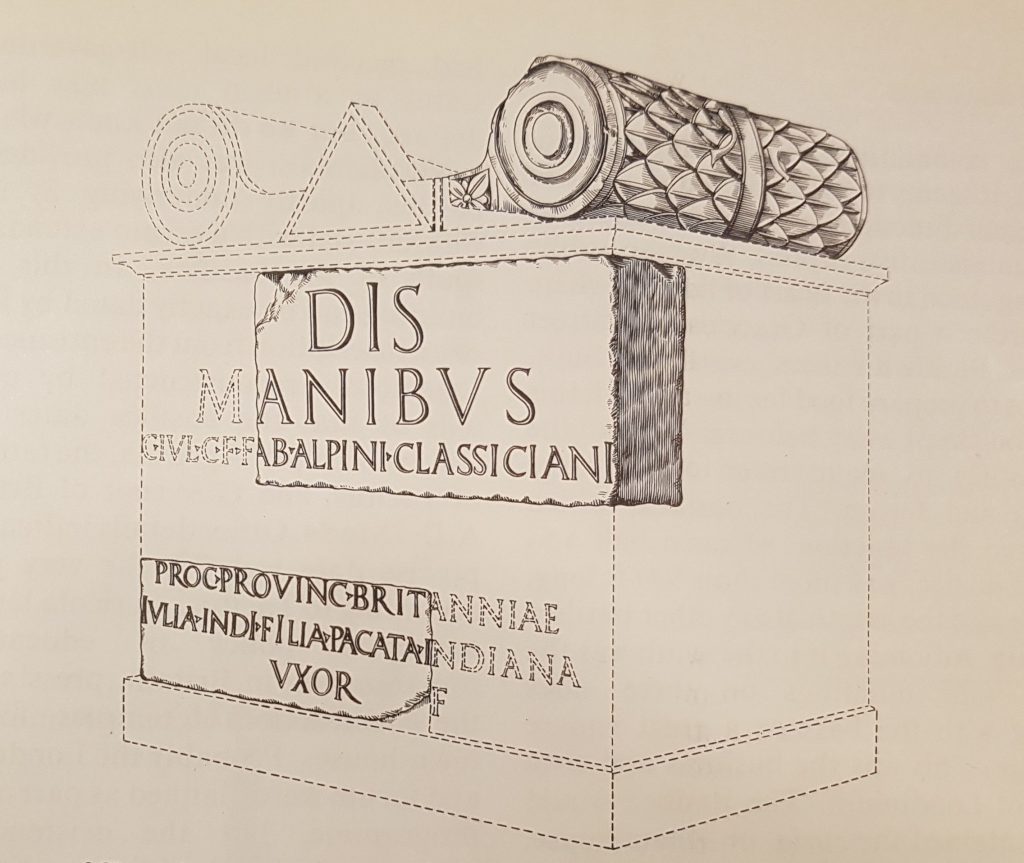
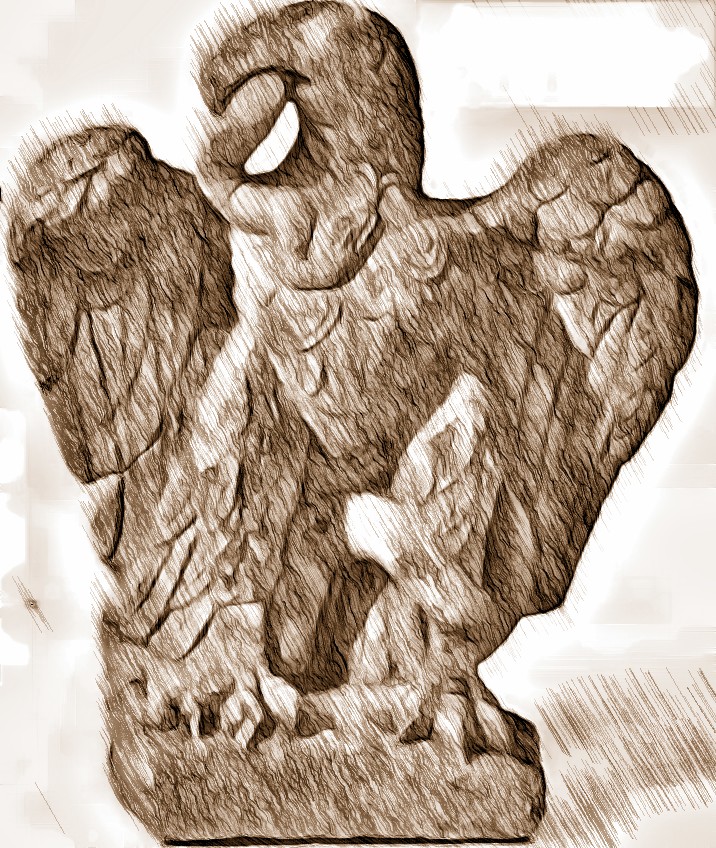
A beautiful carved eagle which adorned a tombstone was found in the Cemetery in Tower Hamlets. Recently a very grand mausoleum was found in Southwark. To find out more, have a look at the BBC website here:
Finally, last year, an excavation ran by MOLA discovered a ‘funerary bed’ just outside Newgate in Holborn. It was on the banks of the River Fleet, a tributary to the River Thames. The fluvial location meant that there were extraordinary levels of preservation, which included this bed. It was dismantled and buried in the grave. It may have been a bed used as a grave good, perhaps for use in the hereafter. Or it might have been the bed upon which the deceased was carried to the funeral. (Or both?)

They found other grave goods. These included an olive oil lamp decorated with an image of a gladiator; jet and amber beads and a glass phial.
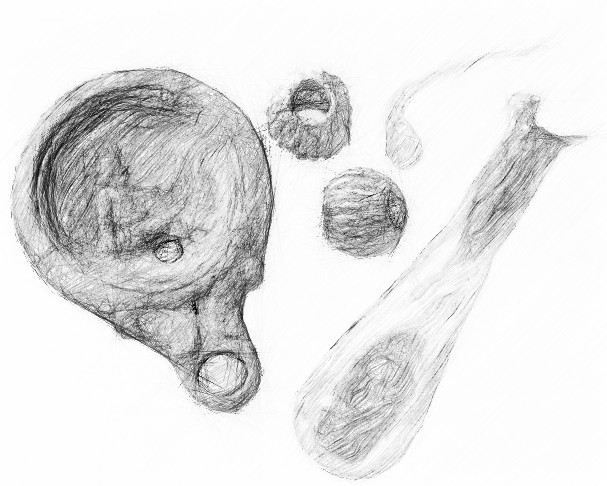
For more look at www.mola.org.uk/discoveries
First Published in February 2024, revised 2025

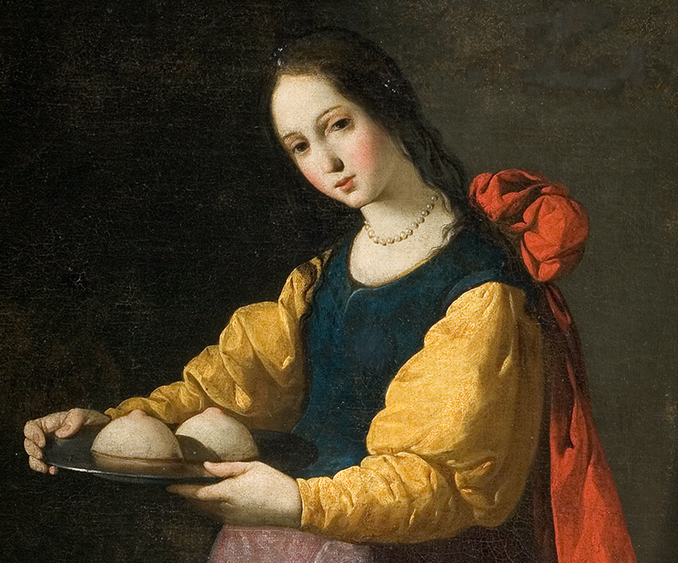

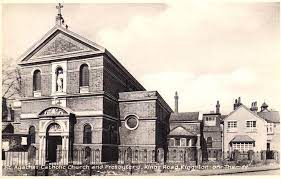
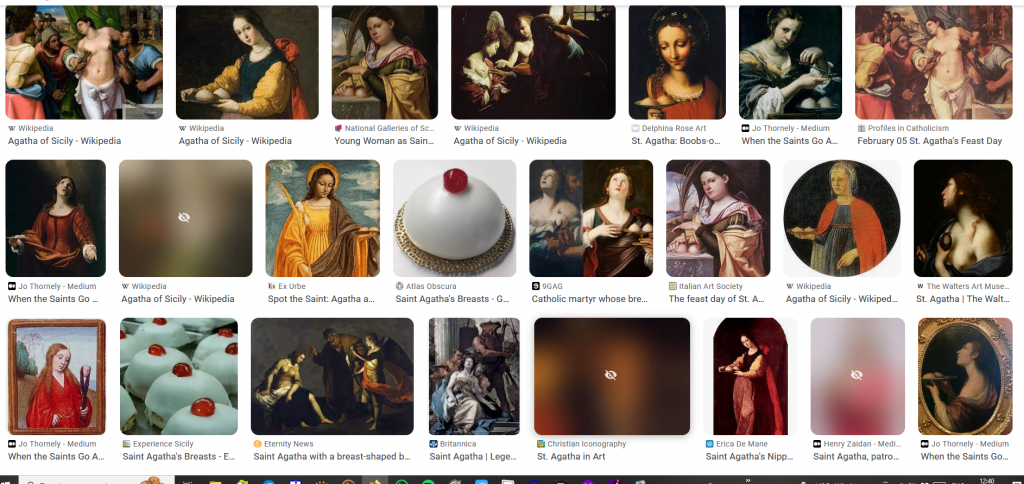
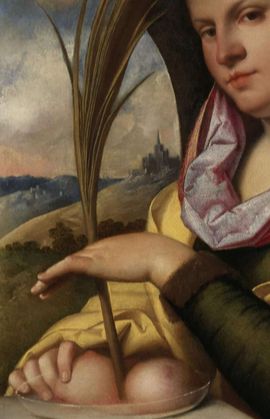
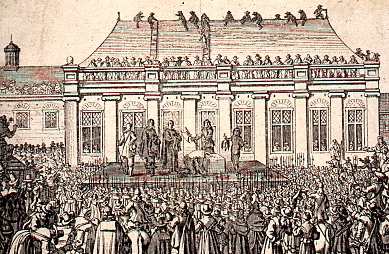

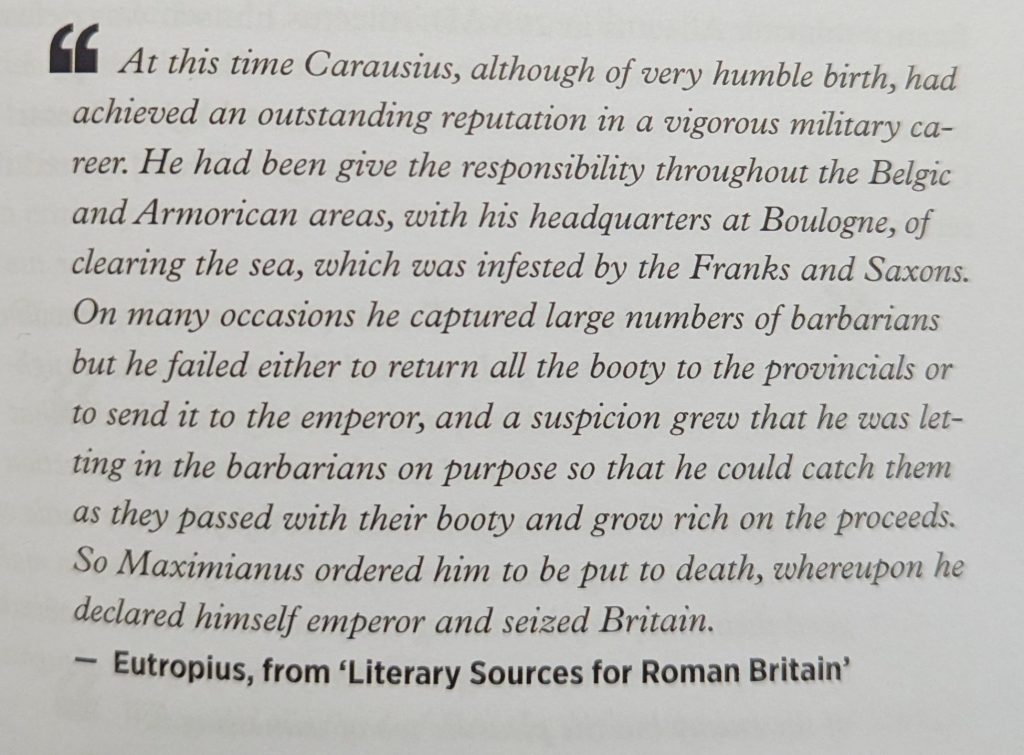
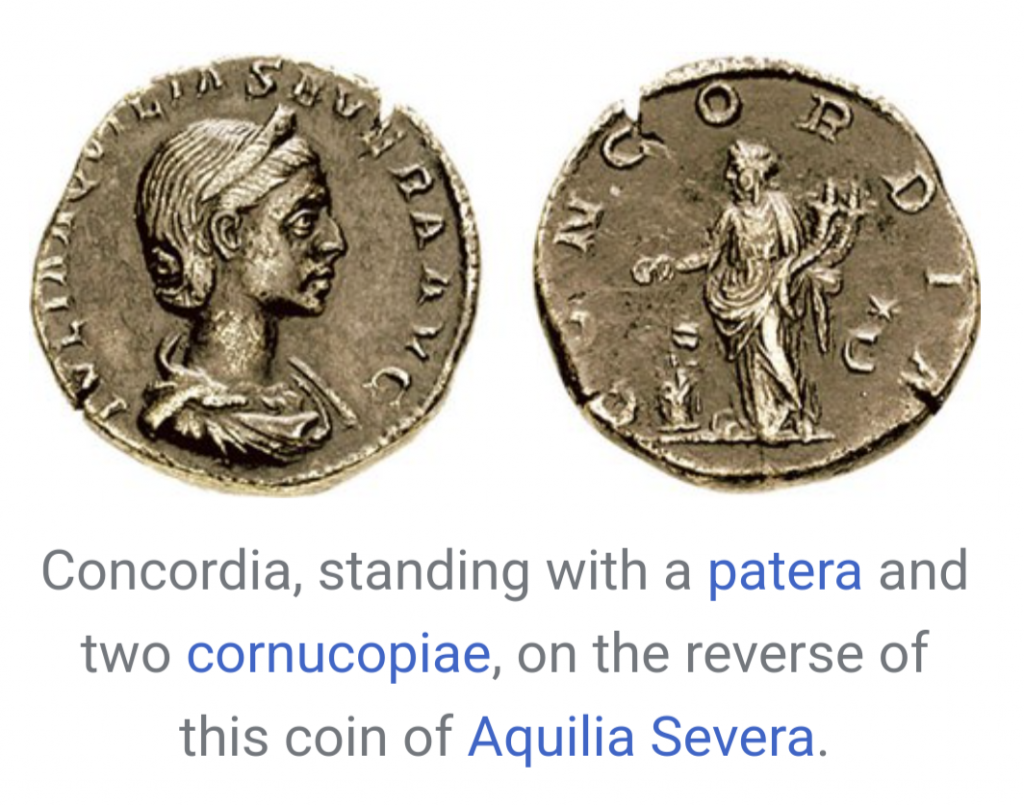
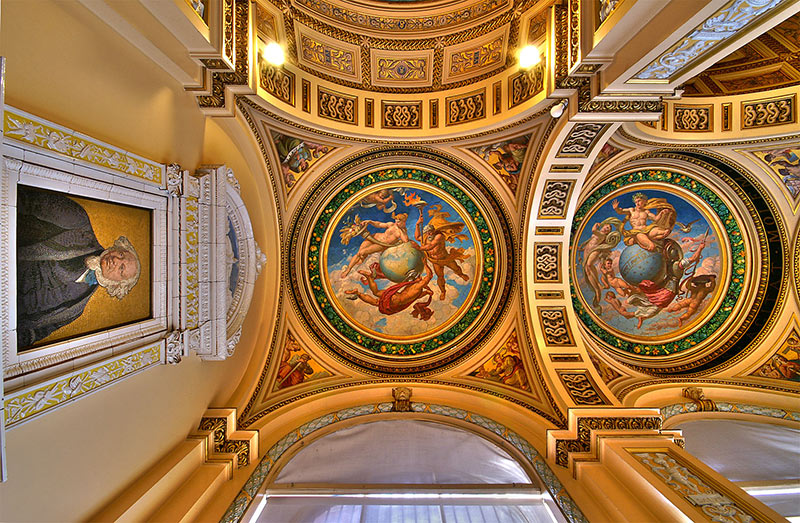


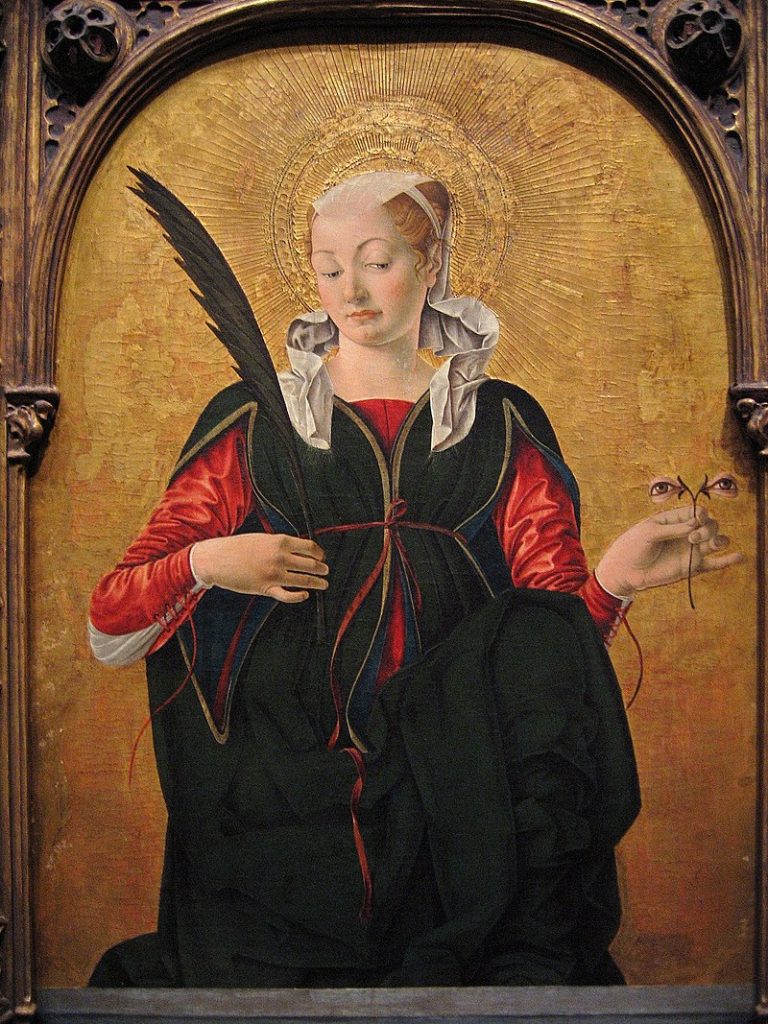


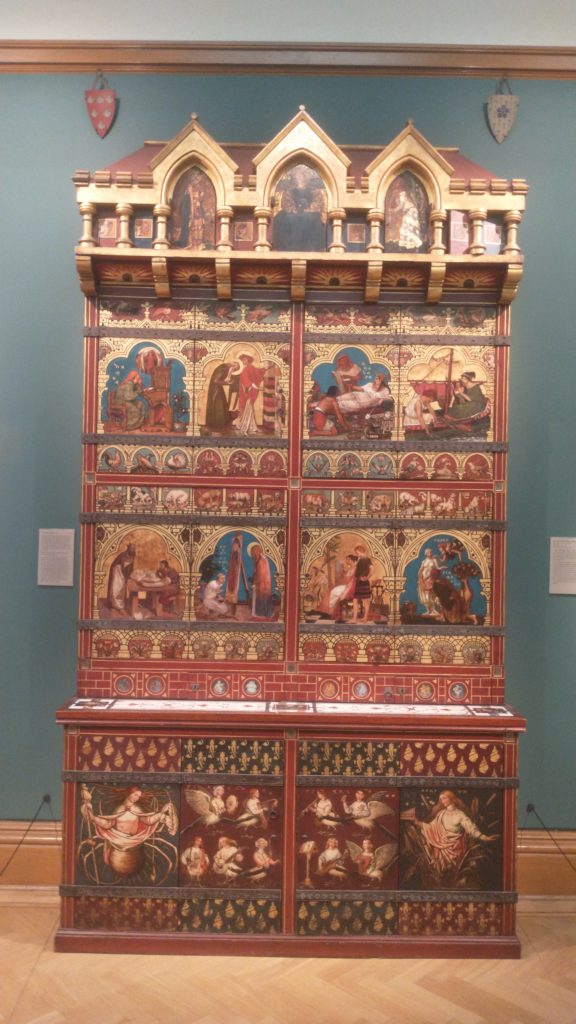

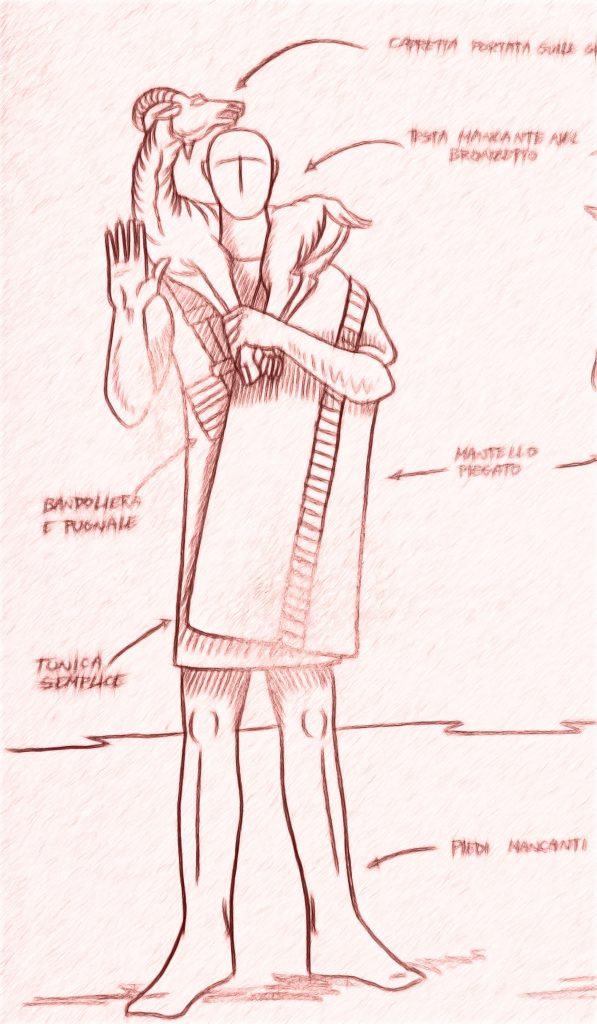
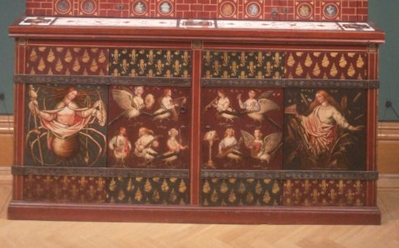


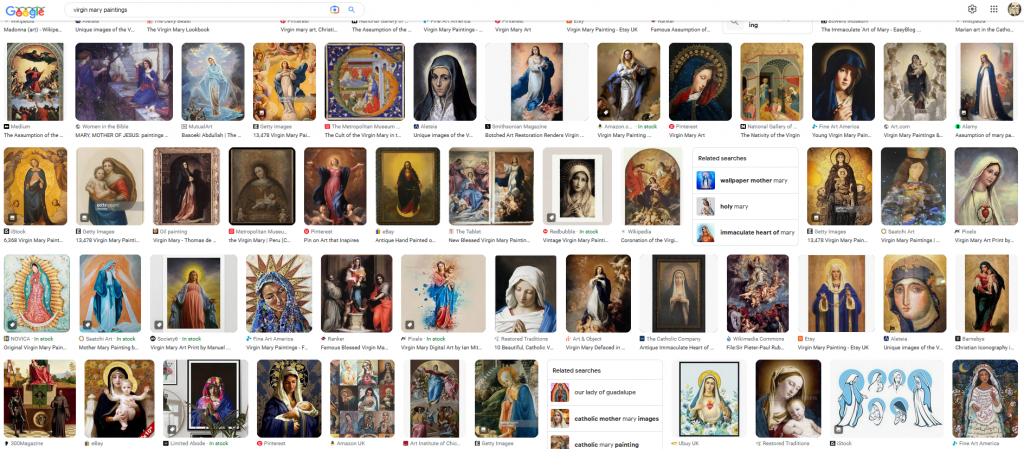

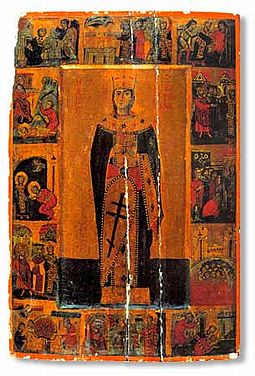
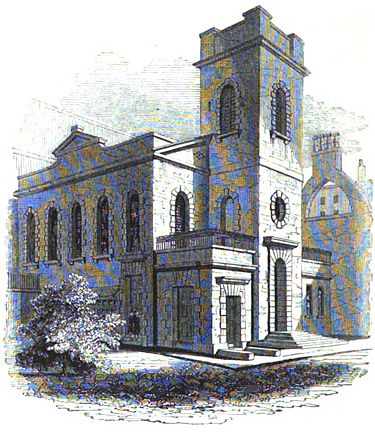
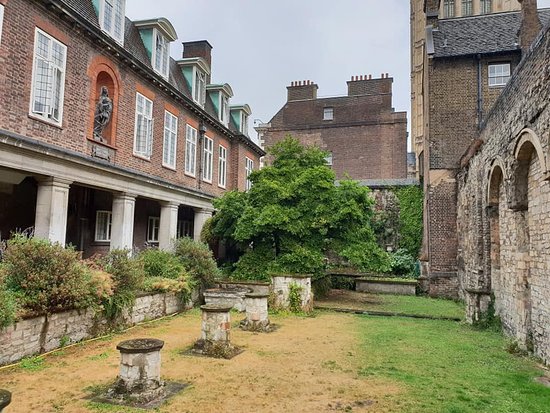
Please leave me a comment – its great to hear what you think.